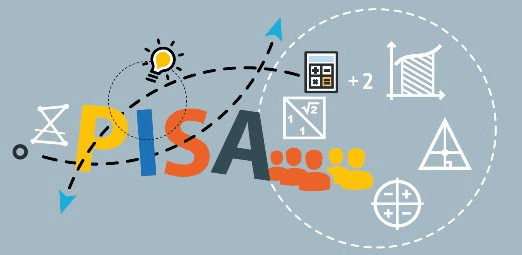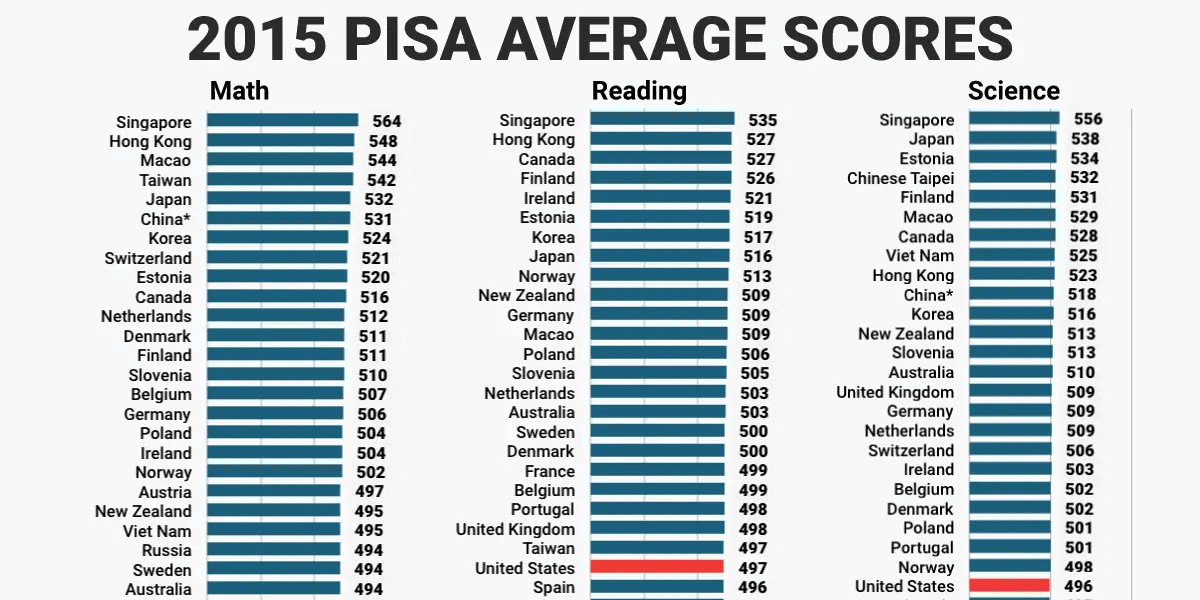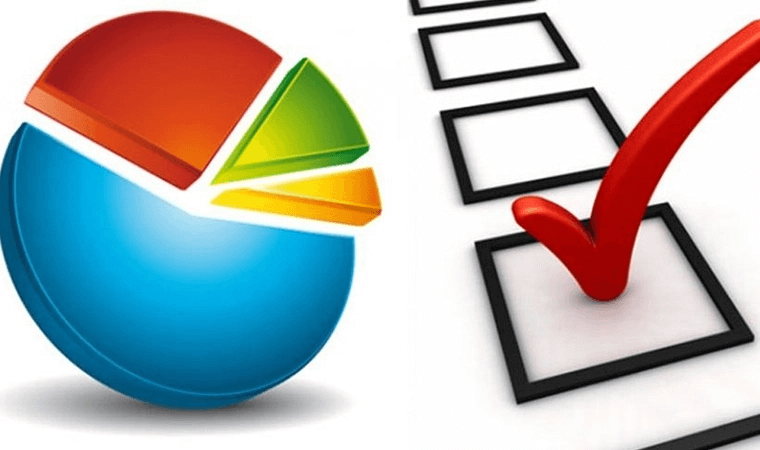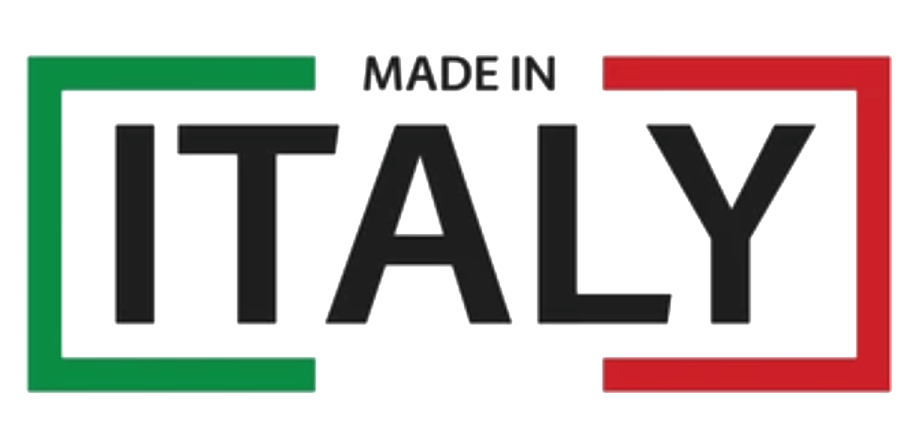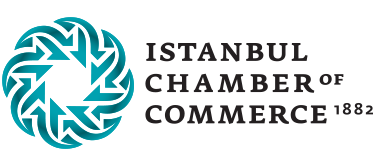What is PISA? What does it measure?
Program for International Student Assessment, abbreviated as PISA, is the research developed by the Organization for Economic Cooperation and Development (OECD) in 1997. The PISA Board of Directors carries out this research under the OECD Education Directorate. Processes such as the preparation, development, evaluation, and international reporting of the tests and questionnaires used in the research are undertaken by a consortium formed under the supervision of the PISA Board of Directors. Translating and adapting PISA at a global level, applying the exams, analyzing the results, and preparing reports are carried out by the national centers of each country participating in the research. In this application, the school performance of 15-year-old students is measured, and education systems are evaluated in this way.
The aim of this study, which is repeated every three years around the world, is to obtain comparable data to enable countries to improve their education policies and outcomes. PISA, which is increasingly used to create education policy at both national and international levels; It is designed to identify in a broader context the information provided by national monitoring of education system performance through regular evaluations within a joint, internationally recognized framework. This study, which has the feature of giving an idea about the sources of performance differences within and between countries by investigating the relationships between student learning and other factors, can also evaluate the family life of students, their self-recognition and promotion aspects, and their roles and motivations in their educational and social lives.
The PISA Exam generally measures the science, mathematics and reading skills of 15-year-old students and their use of this information in daily life. The concept of “literacy” used in the PISA research is defined as the process of finding, using, adopting, and evaluating written resources to increase the student’s knowledge and potential, ensure more active participation in society, and play a more active role.
In Which Schools Is PISA Applied?
Turkey participated in the PISA survey, implemented in countries worldwide, for the first time in 2003. Exams and questionnaires developed within the scope of the research were applied in the relevant schools in Turkey in April. All schools are providing formal education, where students in the age group of 15 receive education, can participate in this research. These;
- middle schools,
- Anatolian High Schools,
- Science High Schools,
- Social Sciences High Schools,
- Anatolian Fine Arts High Schools,
- Sports High Schools,
- Anatolian Imam Hatip High Schools,
- Vocational and Technical Anatolian High Schools and
- Multi-program Anatolian High Schools.
In this global age, it is essential for any country to take part in such research. As a result of the evaluations made in the field of education at both national and global levels, the education system in our country has the chance to be improved to a large extent by determining the deficiencies that need to be eliminated and the measures to be taken. As a member of the OECD, Turkey’s presence in this vital platform also provides the opportunity to increase the quality of education on an international scale.
How is the PISA Exam Conducted?
The PISA Exam has started to be implemented as computer-based as of 2015. Students participating in the exam can access the electronic booklet containing the questions through their passwords. For the students who take the exam, only the age factor is considered, regardless of the academic year. In addition, home-schooled students are not included in this exam. In addition, in countries with no sufficient infrastructure for computer-based testing, the classical exam method continues to be applied. However, these countries only had reading skills, and science and math questions until 2012; new questions are prepared in accordance with the digital-based assessment only. In both cases, the questions consist of evaluation units. In the exam, students first attend a two-hour cognitive test session and answer multiple-choice and open-ended questions there. After this part, the survey session, which lasts for 45 minutes, starts. Both sections are completed on the same day.
In the section with multiple-choice and open-ended questions, the subjects including texts, figures, tables, and graphics, and questions related to these subjects are also asked. In addition, the questions that require the answers of “yes/no” or “agree/disagree” are also requested to the students during the exam. Students’ Mathematical literacy, Science literacy, and reading skills are evaluated within the scope of all these questions.
Mathematical Literacy Assessment Framework
Students’ mathematical reasoning and problem-solving skills are tested with the questions in this section. Their ability to formulate, use and interpret mathematics in real-world contexts is also evaluated by their answers to the questions posed. Mathematical literacy; requires the correct and effective use of all concepts, facts, methods, and tools to understand, describe, explain, and predict events. In PISA, this section includes questions about professional, social, and scientific issues such as calculating the cost of a project, interpreting national statistics, or modeling natural phenomena and examples of daily life.
Science Literacy Assessment Framework
In this context, questions about the real-world equivalent of scientific knowledge are asked of students for evaluation purposes. Students’ competencies in explaining, questioning, designing, and evaluating facts about science-related subjects and interpreting data and findings scientifically are tested in this vital part of PISA. Science literacy consists of three dimensions: competencies, content areas, and knowledge types. In addition to the knowledge that students have mastered, their ability to use this knowledge creatively in real life is also one of the points that are evaluated. From this point of view, it can be said that the scope of science literacy in the exam expresses a broader dimension than the current science curriculum taught in schools.
Reading Skills Assessment Framework
In the reading skill section, which is evaluated within the scope of the PISA research, beyond the verbal expression, the competence in comprehending and using the information in the text is emphasized. Accordingly, reading skills tests students to reach a specific goal, understand, use and develop knowledge, notice the relationship between topics, and reflect on texts. This section consists of three dimensions: different types of texts, cognitive processes by which the reader interacts with the text, and questions and tasks of varying difficulty levels.
Surveys
PISA research is a study that collects all the information that aims to reveal different success models. For this reason, the survey evaluations made throughout the study are also critical in terms of feeding the data collection process. These questionnaires collect data on students’ attitudes towards science, mathematics, and reading skills, their motivation for learning, learning strategies, socio-economic infrastructures of students and schools, education and management policies of institutions, and many similar issues. School and student surveys are implemented as standard in every country participating in PISA; Participation in other surveys is not obligatory at the request of the nations. Accordingly, the types of surveys are as follows:
- School Survey,
- Student Survey,
- Education Career Questionnaire,
- Information and Communication Technologies Questionnaire,
- Teacher Survey and
- Parent Survey.
How is the PISA Exam Evaluated?
All data collected as a result of the PISA Exam is made into a national report and organized. These results obtained through the research are used as a source for updating, developing, and making the education and training programs more effective and eliminating the existing deficiencies. While evaluating the PISA Exam results, all of the multiple-choice questions and some of the short-answer open-ended questions are scored automatically within the system. The answers given to open-ended questions that do not comply with this scoring are evaluated and scored by three separate commissions comprised of branch teachers at the National Center. The results are then sent to the International Centre.

